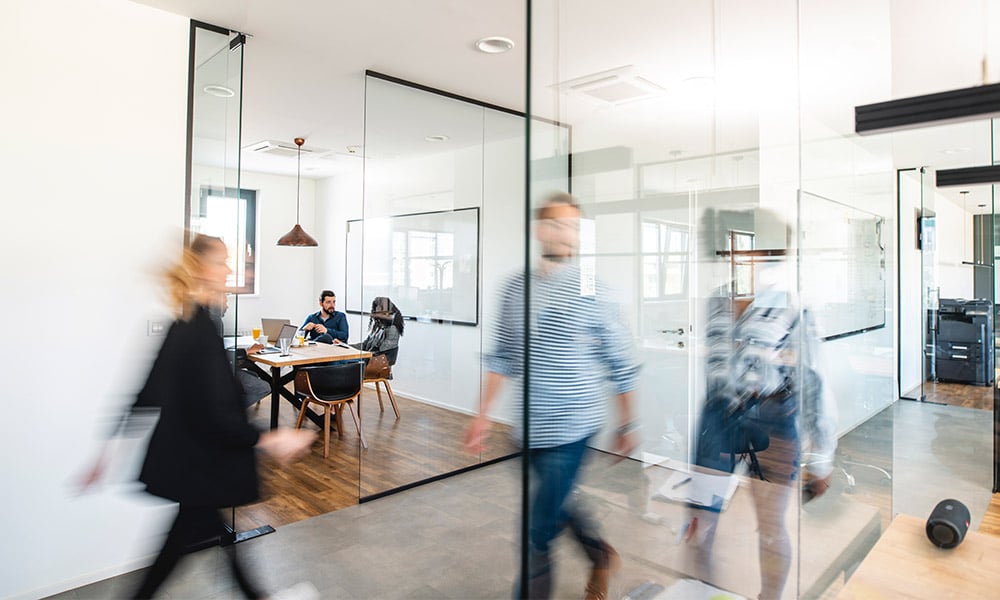Employers such as IBM Canada and Thinkific have much to consider when it comes to the new normal

Before the arrival of COVID-19 in Canada, Thinkific employees could work from home one or two days a week. Looking to the post-pandemic future, that equation will likely be inverted, says Amanda Nagy, senior manager of people operations at Thinkific in Vancouver.




